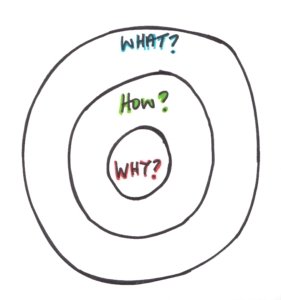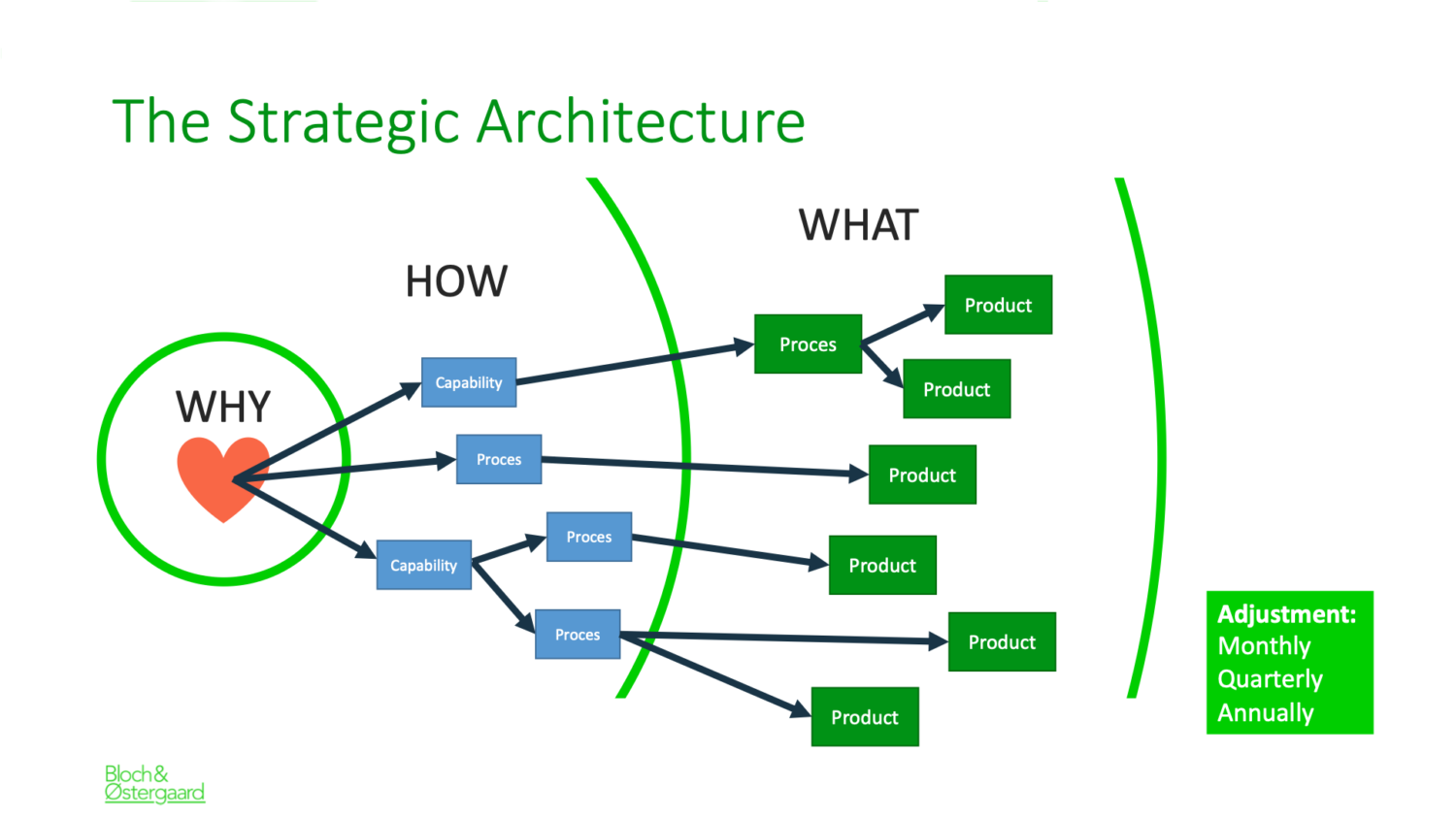The thing about purpose
By Line Bloch, 9. February 2016
It has to make sense
![]() One of the predominant things, that everybody agrees on when discussing how organizations should evolve to handle disruption or what elements a workplace that attract and retain both millennials and the other indispensable talents, is purpose. It has to make sense.
One of the predominant things, that everybody agrees on when discussing how organizations should evolve to handle disruption or what elements a workplace that attract and retain both millennials and the other indispensable talents, is purpose. It has to make sense.
The good old and often quite hollow mission and vision statements like the one below – that perhaps made the eyes wet on top management, but that nobody on factory floor ever related to – will be replaced by purpose statements. And for a good reason.
Our Vision is to be the global company most admired for its people, partnership and performance.
– Fortune 500 company
Getting and staying crisp on WHY we are doing the stuff we do (thanks, Simon Sinek), has a remarkable and measurable impact on both employee engagement and motivation – and on profit.
The thing about purpose in an organization is that it is like pouring water in one of these ice-cube plastic bags. If the water for some reason does not reach some of the ‘containers’, you do not get as much ice as you could.
 The Strategic Architecture
The Strategic Architecture
How do you break down the WHY into activities that support the purpose?
The starting point is your WHY, and the ‘Golden Circle’ by Simon Sinek:
Translated into an organization this means, that if you are having tasks, procedures or even units that are not supporting the purpose, they are not adding value to the organization. You need to identify them, and get rid of them – or find a way to open up the passage to get the purpose out there.
Moreover, it is not enough to be clear on the purpose on behalf of the entire organization; every single task your employees do, must be related to the overall purpose, and the task in itself has to make sense for the one doing it.
To make it operational, you establish The Strategic Architecture (by Hamish Scott), that identifies the link between the WHY, the HOW and the WHAT:
3 steps to make your strategic architecture
With three easy steps you’ll be able to create, learn and evaluate how your strategic architecture should unfold. If you need more guidance to how to find your organizational why first, take a look at this tool.
Step 1. What are the HOW’s that support the WHY?
The HOW’s are capabilities in the organization, e.g. customer intimacy, knowledge sharing, financial performance, operational excellence etc.
Step 2. What are the WHAT’s that support the HOW’s?
The WHAT’s are projects or actions that have concrete deliverables and a limited time-span. The WHAT’s are the things, that we do.
Step 3. Adjust and evaluate regularly.
What have we missed? What have we learned? How is the world changed from last time etc.
Preparing the architecture with the team/unit enables involvement and engagement, and you ensure, together with the team, that everything you do supports the purpose, since it is quite easy to see if something does not link back to the purpose.
What you do has to make sense.
If it doesn’t, you should stop doing it.
Get free, useful tips and tools
that will help you navigate the future
and enhance your leadership already today
Looking for a thought-provoking speaker
with knowledge of the future
and how to turn it into daily life?
Our newsletter is filled with articles and tools
for the modern
future-oriented leader







